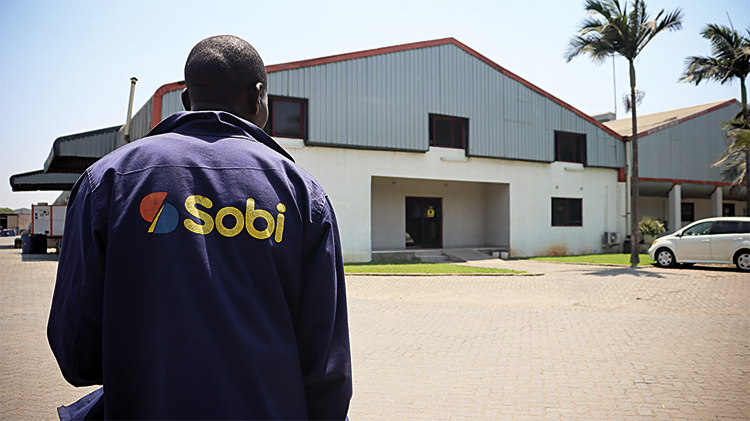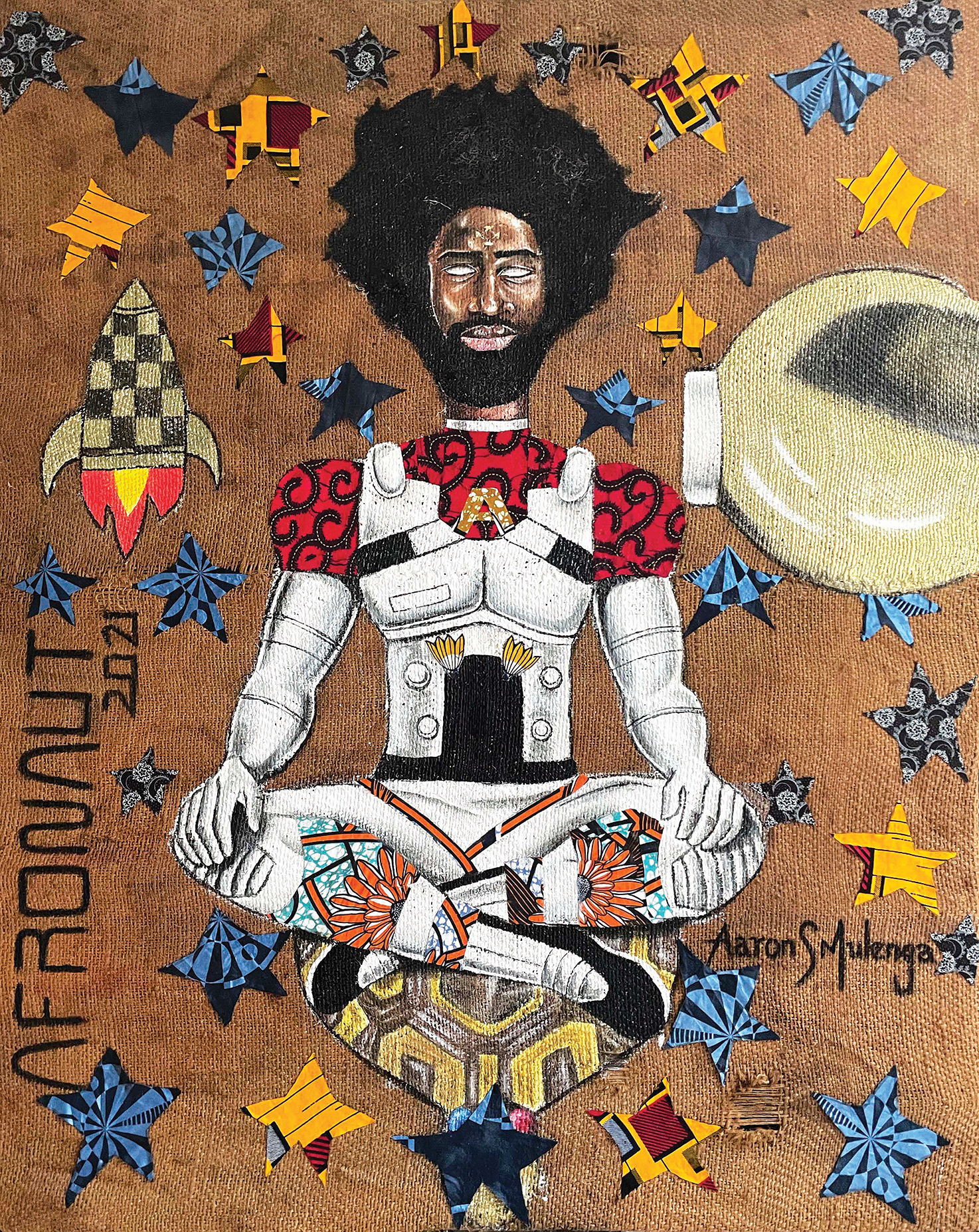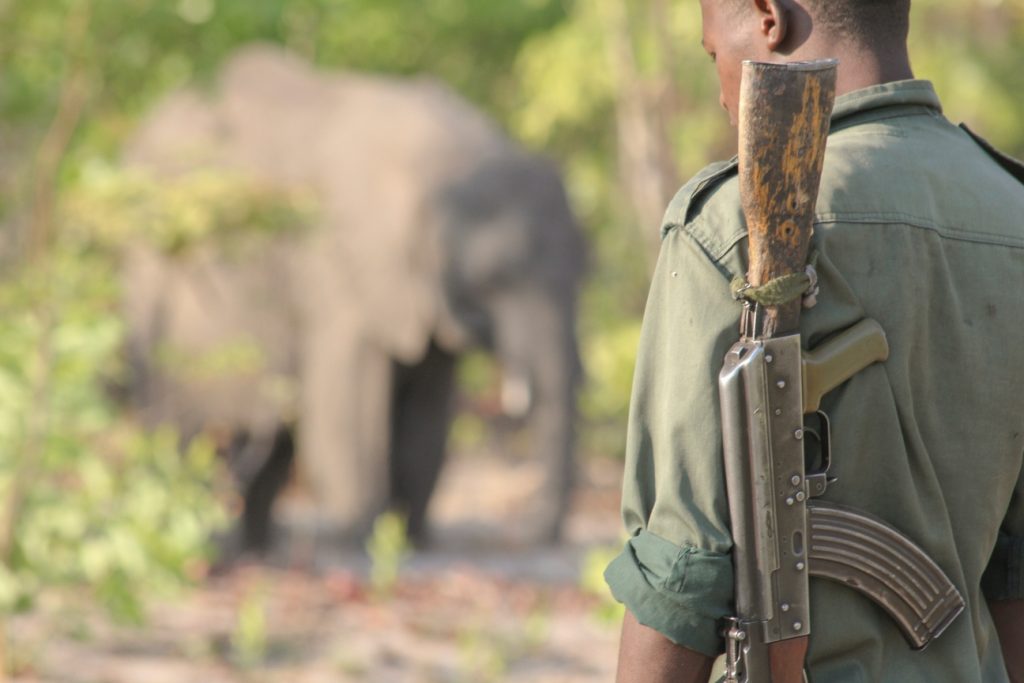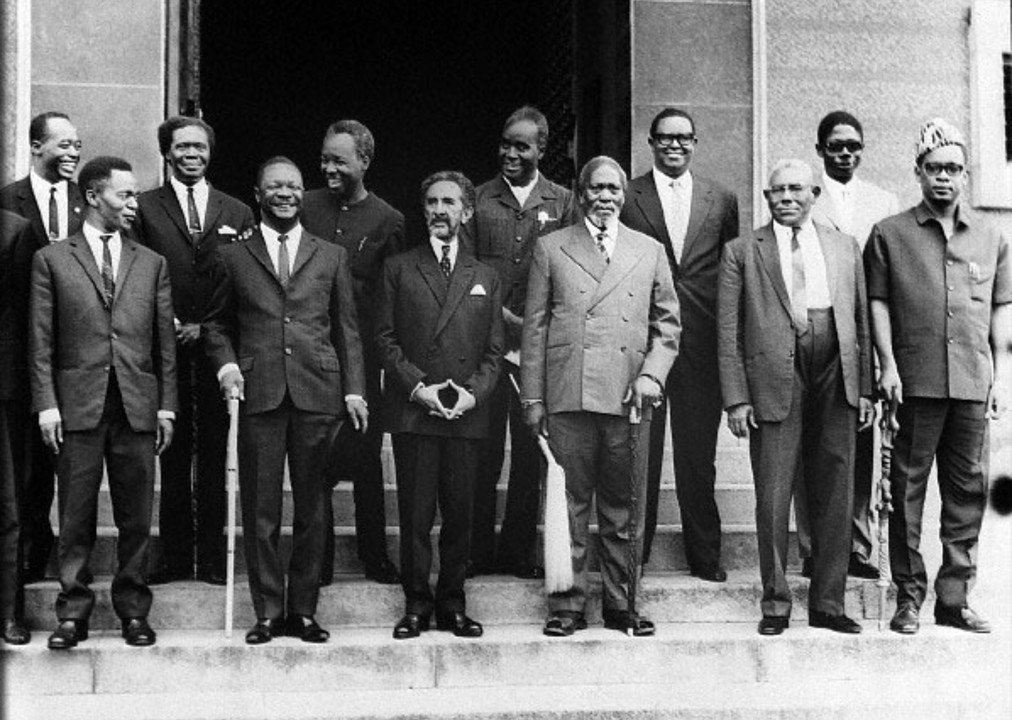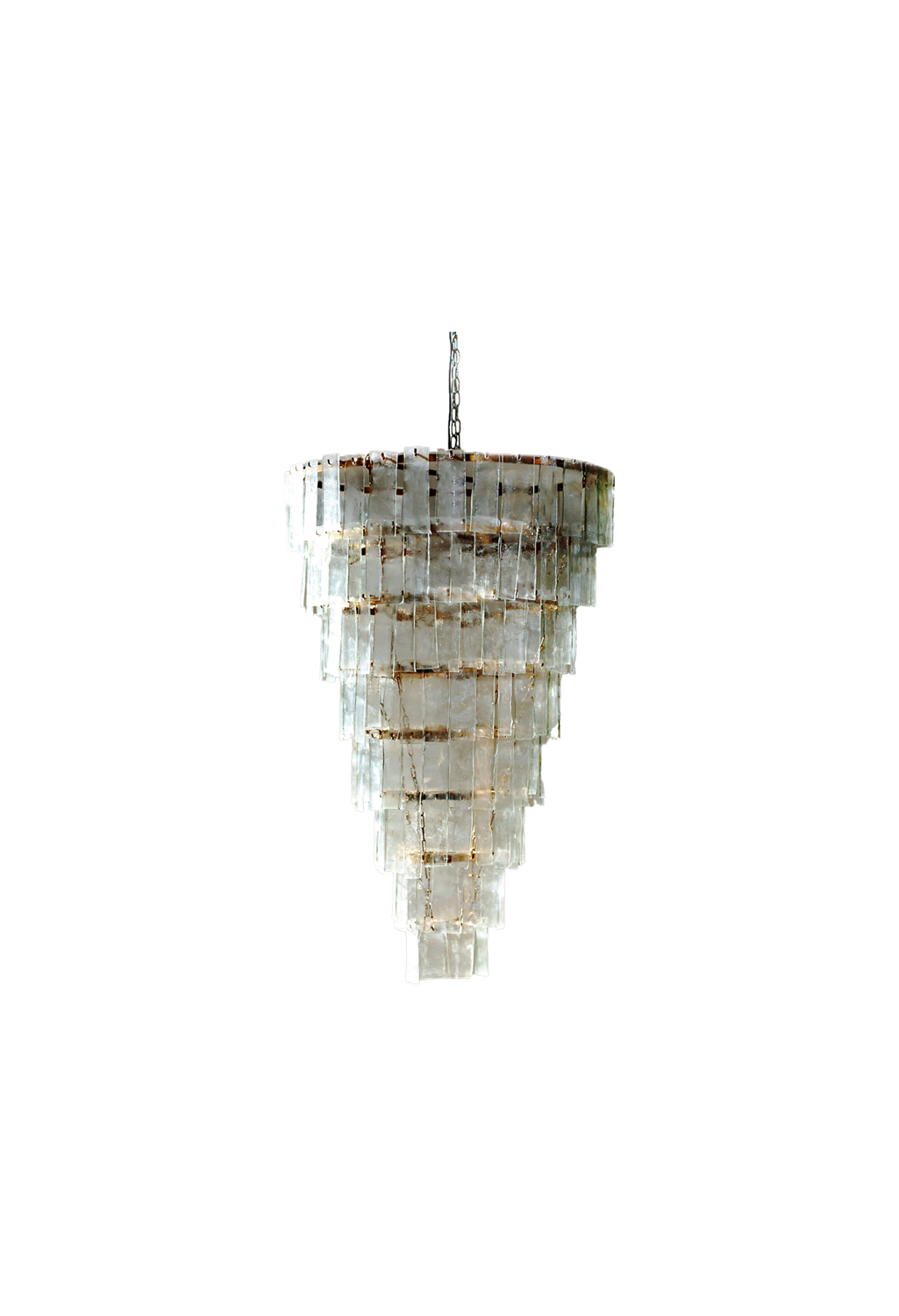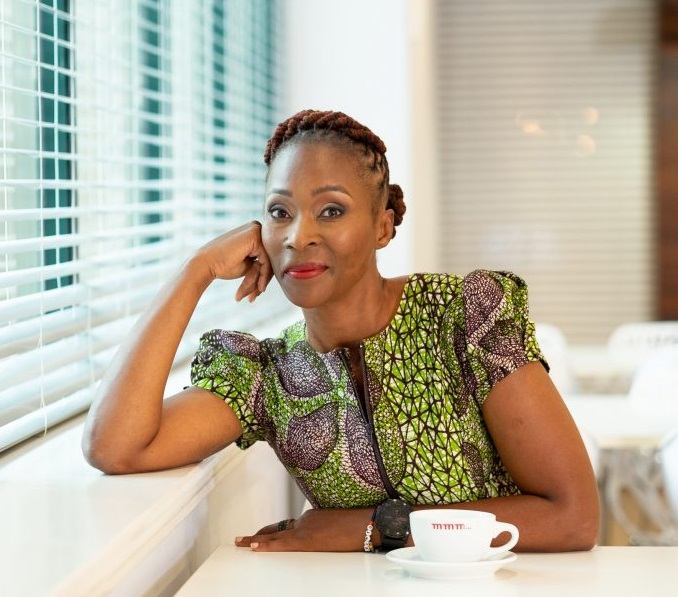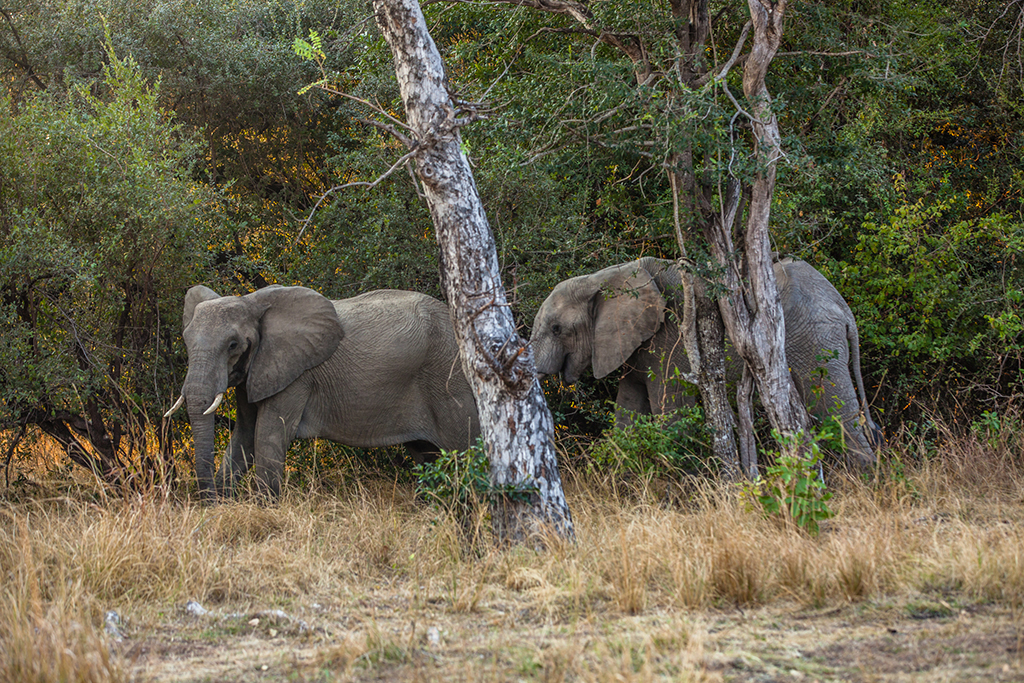Nothing could ever prepare you for the history of South Africa. It is a story of hurt, torture, segregation, injustice, protests, civil wars, victory, rebuilding and the pursuit of freedom. These stories are captured and housed in different historical buildings all over the country. In this article we will zoom in on these stories as captured from the city of gold, Johannesburg. Each historical building focuses on a certain element of the South African story. However, through a full immersion on all of them, one can easily stick together the pieces of the puzzle. Follow the trail:

Constitution Hill Human Rights Precinct
Constitution Hill is a living museum that tells the story of South Africa’s journey to democracy. The guides tell a heart-wrenching story of purely no regard for black lives and allies. The site is a former prison and military fort that bears testimony to South Africa’s turbulent past, and today it is home to the country’s Constitutional Court.
Among those that spent time here were Nelson Mandela, Mahatma Gandhi, Joe Slovo, Albertina Sisulu, Winnie Madikizela-Mandela and Fatima Meer. The precinct also confined tens of thousands of ordinary people during its 100-year history; hence one would argue that the history of every South African lives here.
This is also a place of contrasts – injustice and justice, of oppression and liberation. The precinct is testament to the importance of preserving sites of atrocity for posterity. Constitution Hill offers daily tours of the precinct and conducts regular public events. Visitors are invited to stand in the highest court in the country and learn what constitutionalism means in South Africa.

Apartheid Museum
Acknowledged as the preeminent museum in the world dealing with 20th century South Africa, at the heart of which is the apartheid story; the Apartheid Museum opened in 2001. Since its doors were open, the apartheid museum has kept South Africans and international visitors informed about the effects of apartheid and the changes that were brought by the new dispensation. It mostly illustrates the rise and fall of apartheid.
A series of 22 individual exhibition areas takes the visitor through a dramatic emotional journey that tells a story of a state-sanctioned system based on discrimination and the struggle of the majority to overthrow this tyranny.
The museum is the beacon of hope showing the world how South Africa is coming to terms with its oppressive past and working towards a future that all South Africans can call their own.
Liliesleaf Farm
Located in northern Johannesburg, Liliesleaf was the farm used secretly by African National Congress (ANC) activists in the 1960s. It was the location where many prominent ANC leaders were arrested, leading to the Rivonia Trial. Liliesleaf Farm has since become a museum and world-famous Heritage Site, attracting many visitors annually.
In 1961, Liliesleaf Farm in Rivonia was purchased by Arthur Goldreich and Harold Wolpe as headquarters for the underground Communist Party and a safe house for political fugitives using South African Communist Party funds. Nelson Mandela needed a safe place from which to operate, and lived there under the assumed name of David Motsamayi, employed to look after the farm.
On 11 July 1963, security police raided the farm and captured 19 members of the underground, charging them with sabotage. Nelson Mandela was already in prison, serving a sentence of several years for minor offences. During the raid the police found documents incriminating Mandela. As a result, he was charged and brought to trial with the others. The trial, culminated in the imposition of life sentences for eight of the accused in June 1964.
The buildings have since been restored to their earlier condition, visual and audio-visual displays recreate the dramatic events leading up to the police raid, and the raid itself. This historic site has been reopened to visitors.

Hector Pieterson Memorial and Museum
The Hector Pieterson Memorial and Museum is situated in Orlando West, two blocks away from where Hector Pieterson was shot and killed.
On that fateful day of June 16, 1976, Soweto high school students took to the streets in a peaceful protest against the mandatory use of Afrikaans as a language of instruction in black secondary schools. What was meant to be a peaceful march, turned into a battle. A violent confrontation ensued between the students and the police, leaving many students injured and some dead. News of the events in Soweto soon spread, igniting uprisings around the country in which hundreds of people died.
Newspaper photographer Sam Nzima took the iconic image of the 12 year old Hector Pieterson’s body being carried by high school student Mbuyisa Makhubo, with his sister, Antoinette Sithole, running alongside him. The famous picture became a graphic representation of repression under the apartheid regime and a depiction of the senseless cruelty and brutality of the apartheid state.

South African National Museum of Military History
The South African National War Museum in Johannesburg was officially opened by Prime Minister Jan Smuts to preserve the history of South Africa’s involvement in the Second World War. This was a response to the fact that no formal showcase was made of South Africa’s involvement in the First World War.
The formation of a historical Research Committee that same year was to ensure the preservation of documents and military memorabilia, and lay the foundation for the establishment of a museum. The Museum is situated in Erlswold Way in the northern Johannesburg suburb of Saxonwold, adjacent to the Johannesburg Zoo.
The South African National War Museum was officially opened on 29 August 1947. The Museum is also regarded as the spiritual and symbolic home for all soldiers and veterans in South Africa. Pop in for a chance to have an easy chat with one of the veterans as some use the museum as their offices.
Lesedi Cultural Village
In pristine bushveld at Broederstroom, just north of Johannesburg, conveniently situated on the R512 is where Lesedi Cultural Village can be found. It was developed in 1995 as a tourist attraction.
It has since become a hub for learning about new and unique cultures, South African languages, different traditional cuisines and different architectural styles. Lesedi contains five homesteads, each representing a different culture; Pedi, Zulu, Xhosa, Basotho and Ndebele. On arrival you will be welcomed by the families, on what can be seen as a cultural exchange programme.
The Nile Room and Nyama Choma Restaurant serve great local and some North African dishes. On site there is also one special boma, the traditional ingoma, a huge indoor hut used for buffet and/or barbecue functions.
Lesedi Cultural Village boasts fantastic cultural dance performances, craft markets with amazing goods to buy and plenty more cultural experiences. If you feel like getting away for the day, then you can also enjoy hiking, golfing, shopping, gym, spa treatments and much more in less than one hour’s drive from the village.
South Africa is truly a pot of gold and together with its constitution a go-to place to learn about humanity, tolerance and freedom. Its history is one of the richest in the world as it illustrates how dynamic one country can be. This makes it one of the countries that people should endeavor to visit in their lifetime.

